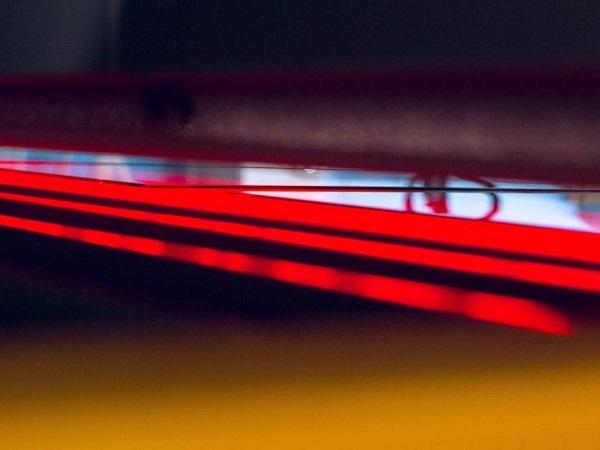Energy costs are a major part of the tempering process. To decrease those, tempering lines are being made ever more energy efficient. But often, the claims about a line’s energy consumption are far too optimistic.
How to avoid being misled
Start by understanding energy consumption terms.
The most common measures you need to calculate the total energy consumption of a line are heating power, quenching power, energy loss, and energy consumption in production. Note that the term “connected power” is NOT directly linked to energy consumption.
Always compare the information you’re given with the minimum figures you’ll need for your production. And make sure you get figures for everything from heating to cooling. All components must be taken into account.
Physics determines the heating power
Remember the ratio 0.475 kWh/m² x mm. According to the laws of physics, this ratio defines the absolute minimum needed for heating the glass. If you see values lower than this minimum, you can immediately conclude something is off.
Note that in the heating section, it doesn’t matter whether you use 5% or 90% of your loading area. Energy consumption per square meter will be roughly the same.
Loading efficiency matters
Quenching is the phase where glass processors can most affect total energy consumption per processed square meter. The biggest energy savings can be achieved if the performance of this phase is optimized.
Unlike in the heating phase, loading efficiency plays a huge role in quenching. The cooling phase uses almost the same amount of energy for loading regardless of if the loading area is 5 % or 50%. This is why large loads lead to considerably reduced energy consumption per square meter processed. Also, blower technology and blower efficiency influence quenching energy consumption.
Look for these tempering line features
Being able to run large loads comes down to furnace technology. When looking for a new tempering line, make sure it allows you to utilize the loading area as efficiently as possible – without affecting end-product quality.
Also, make sure the line quickly recovers after each load. Production runs without loading delays mean higher capacity and lower energy consumption per square meter. Some energy is always lost when the furnace is on – whether or not there is glass inside.
Dig into the topic
If you haven’t yet had the chance, check out our more detailed article on the topic: “Glass tempering energy consumption: how not to be misled by false data.”
Part 1 clearly defines the terms commonly used in the industry. Part 2 provides a detailed breakout of where certain numbers come from so you can knowledgeably assess the validity of the values you are provided.
For a quick summary, check out also our Glass tempering energy consumption animation.































